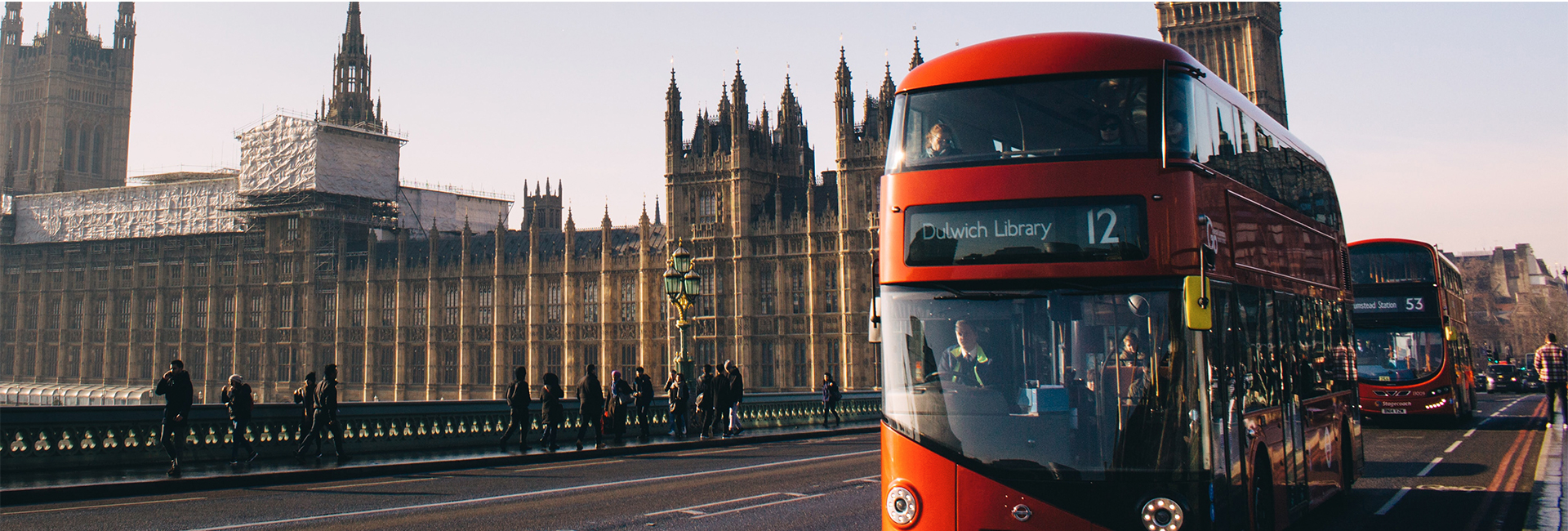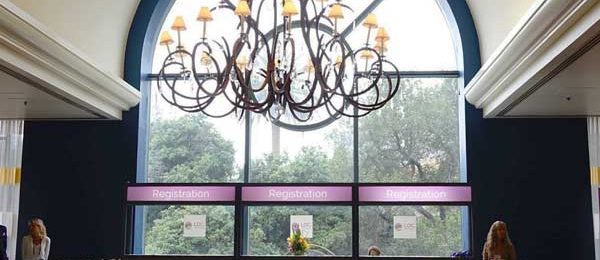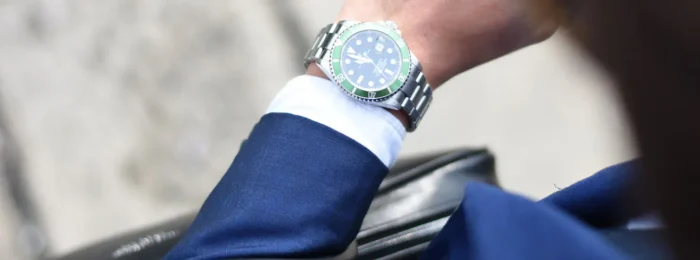Despite their reputation for being reserved, Brits love social media. Here’s how to connect with your audience online and get UK social media right.
With an enormous 67% of the population active on social media, Brits have an average of seven social media accounts each. And they spend almost two hours a day using them. This presents a big opportunity for brands to engage with British consumers on social media.
POPULAR SOCIAL PLATFORMS
Of British Instagram users, 83% use the platform to discover new products and services. If they like the content, 53% will follow brands even if they’re not huge fans. And 87% take action after seeing product information – like clicking through to buy, or researching to find out more.
Instagram’s new Checkout feature now allows US users to buy directly on the platform. As this feature inevitably rolls out to other markets, the platform will be even more attractive for brands wanting to offer a shopping experience.
With YouTube being the most popular platform and 71% of UK adults reachable via Facebook ads, social media should play an integral role in your UK content strategy – from boosting brand awareness to generating leads.
AGE DEMOGRAPHICS
As with any market, a UK social media strategy will depend on your target audience.
In the UK, 18-34-year-olds make up only 42% of the country’s social media users – meaning over half are aged 35 or older. Given only 26% of this older demographic likes branded social content, social media may not be the best way to engage them. If brands decide to run social media campaigns aimed at over-35s, Facebook is popular with this group. However, content should be highly targeted, and celebrities and influencers should be used sparingly.
By contrast, Gen Z users spend three hours a day on their mobile devices. Over a fifth of this time is dedicated to social media: averaging 30 minutes on YouTube, 14 on Snapchat, 11 on Facebook, and 5 on Twitter.
This breakdown reflects the fact that for Gen Z, social media is more about content than people. Which makes this younger audience much more receptive to branded content and celebrity influencer marketing. In fact, using celebrities in ads can boost brand awareness within this group by 16%.
Interactive ads are also popular with Gen Z, as are high-quality videos. TikTok, the up-and-coming rival to Instagram, is also rapidly becoming the social media platform of choice for this demographic.
Millennials also love social media. But for them, it’s all about sharing experiences. Don’t focus on pushing products. Instead, build a community and a brand experience millennials want to be a part of. Win them over and you’ll turn them into brand advocates as they share their purchases on social media.
GENDER BEHAVIOR
If you’re targeting a specific gender on UK social media, you’ll want to vary your approach. The data available for demographic categorization of gender identity on social media is limited, and we expect to see this become more inclusive. However, here are some trends to keep in mind when targeting male and female consumers.
Female users are generally more likely to have a social media account. Even on Facebook, one of the most popular sites for both genders, there are 11% more females. And although Twitter and YouTube are fairly evenly split, Pinterest, WhatsApp, Snapchat, and Instagram are more popular among women.
But just because there’s lower use among males doesn’t mean there isn’t an opportunity. Consider supplementing social media campaigns with other marketing tactics to generate as much awareness among male consumers as possible.
BRANDS THAT GOT IT RIGHT
There are several examples of brands launching highly effective social media campaigns in the UK.
In late 2017, Spotify scrutinized their data, using it to come up with humorous “2018 goals” based on the apparent thought process of their users. At the same time, the brand launched a promotion for its Premium service. The ads were displayed throughout London. For example:

(Source: The Drum)
People appreciated the ads, taking photos and sharing them online, which boosted the campaign’s reach and engagement. Next quarter revenues tripled, and subscriber growth exceeded expectations. It’s a perfect example of how a strong offline campaign can drive online campaign performance.
Taking a different approach, Spanish clothing store Mango used influencers to increase their digital presence. They asked 20 local influencers to wear Mango clothes from new launches and post photos on their own accounts.
The campaign was a hit, surpassing the company’s expectations and boosting brand awareness. Today, if you search #MangoGirls on Instagram, you’ll see hundreds of thousands of photos – 80% of them from customers.
FINAL THOUGHT
With a clear understanding of the platform preferences and behavior for social media users in the UK, there’s a huge opportunity for brands to reach and engage with UK consumers. Brands that get creative in leveraging traditional and digital forms of marketing, as well as tapping into the creative and humorous elements of British culture, are often able to exceed campaign performance goals.


